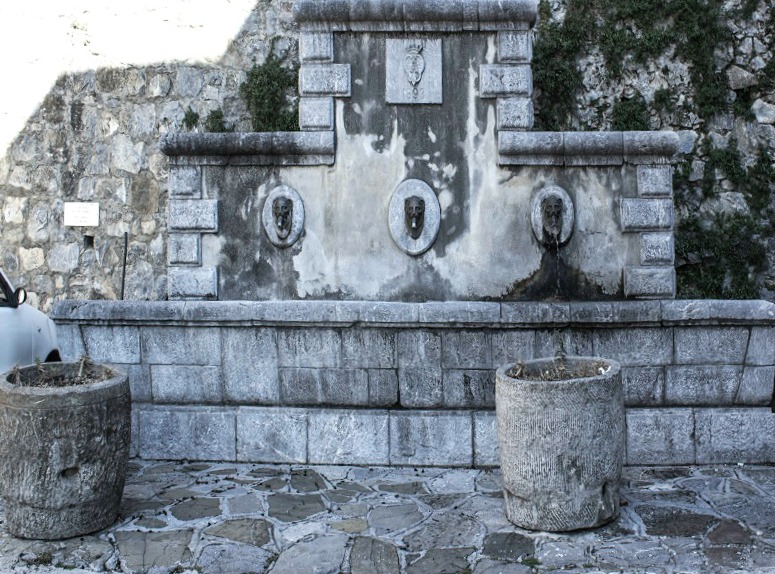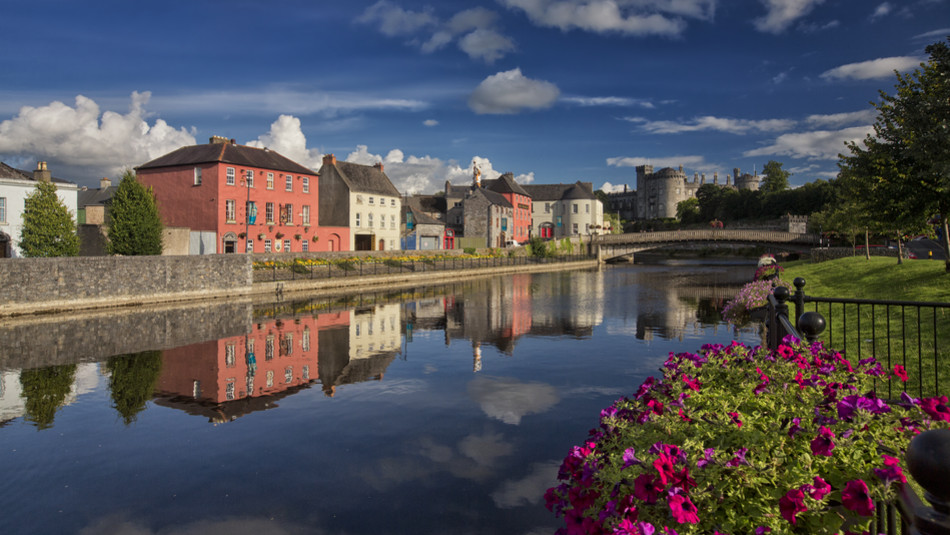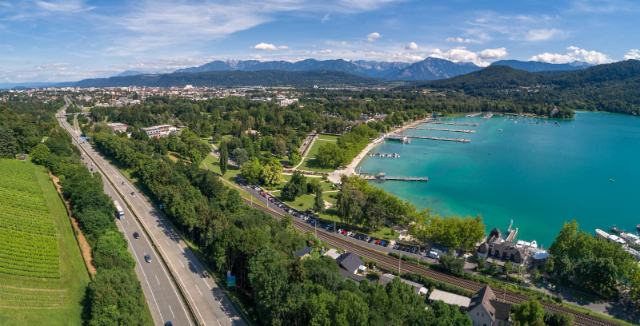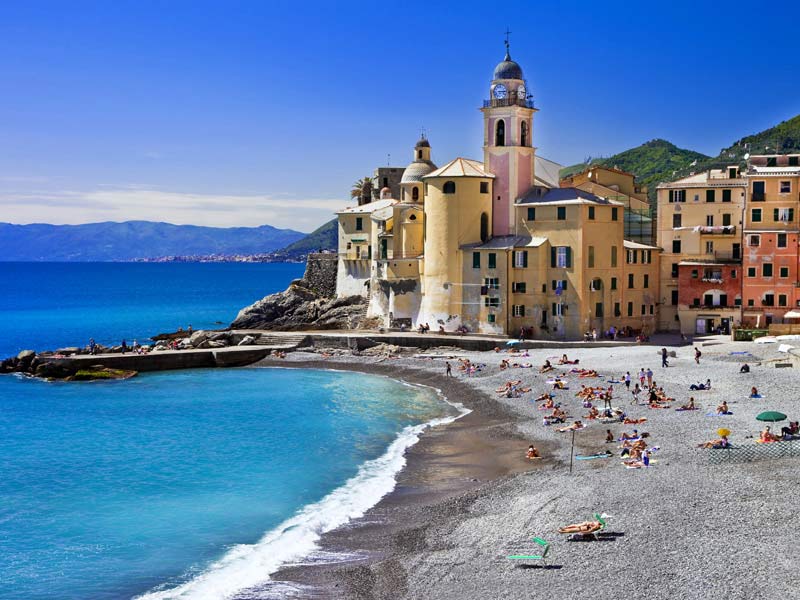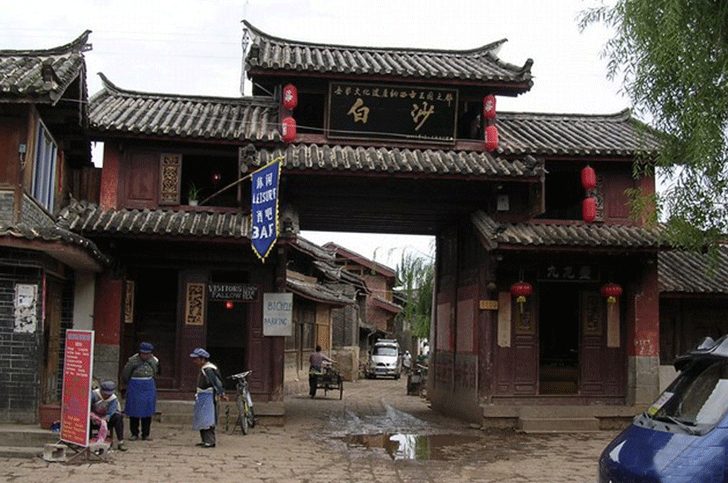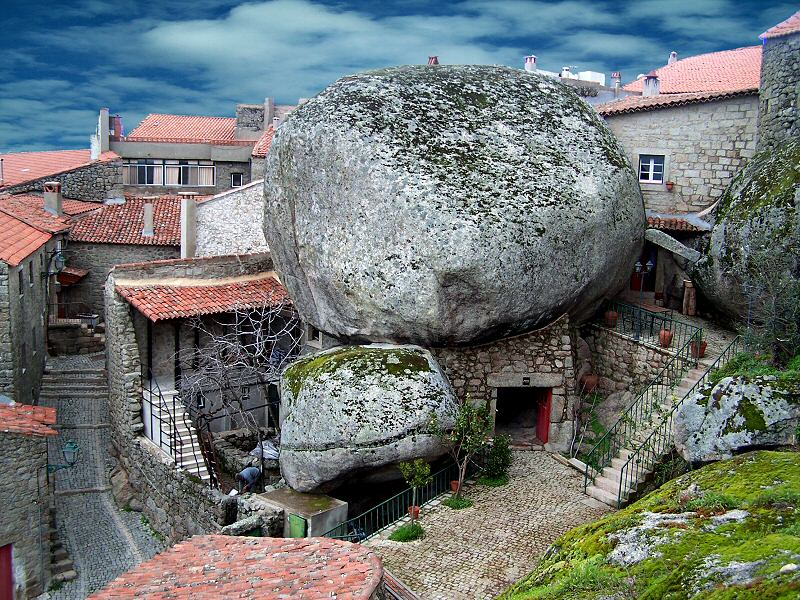Clinging to the rocky slopes of Mount Capitenali, watershed between the valley of the river Bussento and that of the river Mingardo, Roccagloriosa preserves one of the most important medieval settlements of Cilento. The first certain news of the village are from the thirteenth century, but Roccagloriosa can boast a much more ancient history, as evidenced by numerous archaeological findings.
In the locality "La scala", where close to the road and protected by the thick foliage of secular trees, there are two tombs dating back to the IV – III century BC. Belonging most likely to an aristocratic family, both tombs were rich both in precious objects and in red-figure ceramics coming from the nearby Lucanian workshops. Today these archaeological finds are preserved in the Antiquarium of Borgo Sant’Antonio.
To welcome you in the historical center a fountain dating back to 1893, called "Three Cannoli". connected to the underlying Fontanelle wash houses through a long channel and an underground cistern.
At this point of the walk you will have arrived in Borgo Sant’Antonio, the true heart of the town. Going down a few steps, you can visit the museum Antonella Fiammenghi, full of numerous archaeological finds from the tombs. Of particular importance is the red-figure water vase, dating back to the fifth century BC, but the collection also includes bronze vessels used in banquets and tools for catching meat.
Discovering this village implies walking around aimlessly. This is the only way to discover historical buildings with majestic portals in carved stone, small chapels and, with a bit of luck, even the palace where the great Totò was born.
You will also find baronial palaces of illustrious feudal characters and intellectuals, such as the mathematician Nonio Marcello Saia who wrote a treatise on astronomy published two hundred years after his death. The portals of Casa Saia, Casa Guida and the De Caro palace and chapel are characterized by very particular architectural elements.
But you will also find many churches, such as that of St. John the Baptist, dedicated to the patron saint, or the church of Sant’Angelo, built by the personal physician of Charles V, Marino Crassus: if you are lucky enough to find it open, you can admire seventeenth-century frescoes depicting scenes of the Nativity, the sacrifice of Isaac and St. Francis and St. Catherine. The high altar is decorated with a canvas reproducing the Last Supper made in 1780 by Salvatore Mollo.
On the highest peak of the village, the ruins of the castle protect Roccagloriosa. Built between the VIII and the IX century, it was a strategic point that was part of a defensive chain which also included the castles of Molpa, Moltelmo and Policastro. Frederick II included it in the list castra exempta of Campania: the custody of the castles was directly up to the emperor. In 1808 the castle was sacked and razed to the ground by Napoleon’s troops.
Finally, don’t forget to visit the fountains of Gammavona and San Nicola, surrounded by olive groves and vegetable gardens and recently restored together with the wash-house with its unique horseshoe shape.
(Inspired by Cilentoemenevanto)
